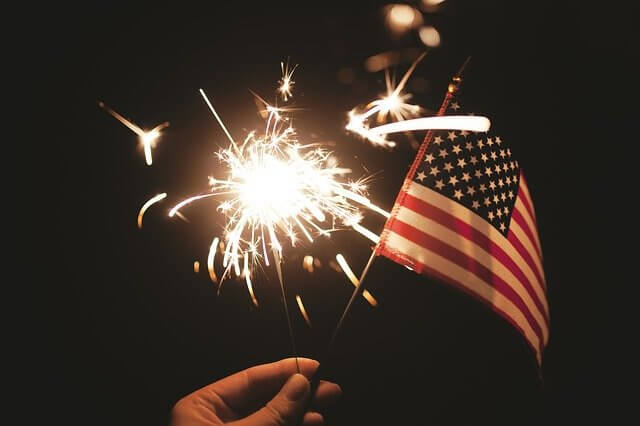Reading Comprehension About Independence Day

Develop your reading skills. Read the following text “9 Interesting Facts about Independence Day”. Then do the comprehension task below to check your comprehension.
Reading Comprehension About Independence Day
History of Independence Day: 9 Interesting Facts
The Fourth of July
Independence Day, also known as the Fourth of July or July 4th, stands as a cornerstone in American history, marking the nation’s commemoration of the Declaration of Independence on July 4, 1776. This pivotal document, drafted by a committee appointed by the Continental Congress, boldly proclaimed the autonomy of the thirteen American colonies from the dominion of Britain’s monarch, King George III. With its proclamation, these colonies affirmed their unity as free and independent states.
Celebrations
Independence Day serves as the quintessential national holiday of the United States, prompting a myriad of festivities and events that honor the nation’s rich heritage. Public and private gatherings alike pay homage to American history, government, and traditions through various activities. From vibrant fireworks displays to cherished family reunions, bustling carnivals, community fairs, leisurely picnics, and uplifting concerts, the day fosters a sense of camaraderie and patriotism across the nation.
9 Intriguing Facts about Independence Day
Delving deeper into the historical tapestry of Independence Day unveils fascinating insights:
- While the Continental Congress officially voted for independence on July 2, 1776, the Declaration was formally adopted on July 4.
- A distinguished “Committee of Five,” comprised of John Adams, Benjamin Franklin, Thomas Jefferson, Robert R. Livingston, and Roger Sherman, undertook the arduous task of drafting the Declaration. Jefferson authored the initial draft, which underwent meticulous revisions by his colleagues and the Congress at large.
- The Declaration bore the signatures of fifty-six courageous members of Congress, each endorsing the bold declaration of independence.
- In a remarkable twist of fate, Thomas Jefferson and John Adams, the sole signatories of the Declaration to later assume the presidency, both passed away on July 4, 1826, precisely fifty years after its adoption.
- James Monroe, another Founding Father and eventual President, also breathed his last on July 4, 1831, further enshrining the date as a poignant milestone in American history.
- Calvin Coolidge, the only U.S. president born on Independence Day, entered the world on July 4, 1872, adding an extraordinary connection to the holiday.
- Nearly a century following the Declaration’s inception, Congress officially designated July 4 as a federal holiday in 1870, cementing its status as an integral part of American culture.
- Symbolizing the original thirteen colonies, the Liberty Bell in Philadelphia tolls thirteen times every July 4, paying homage to the nation’s foundational history.
- Fireworks have become synonymous with Independence Day, tracing back to the inaugural celebration on July 4, 1777, when Americans marveled at the illuminated sky, symbolizing the birth of a new nation.
With each passing year, Independence Day continues to unite Americans in celebration, fostering a profound appreciation for the nation’s enduring values of liberty, unity, and resilience.
Learn more about Independence Day on Wikipedia
Related Pages:

